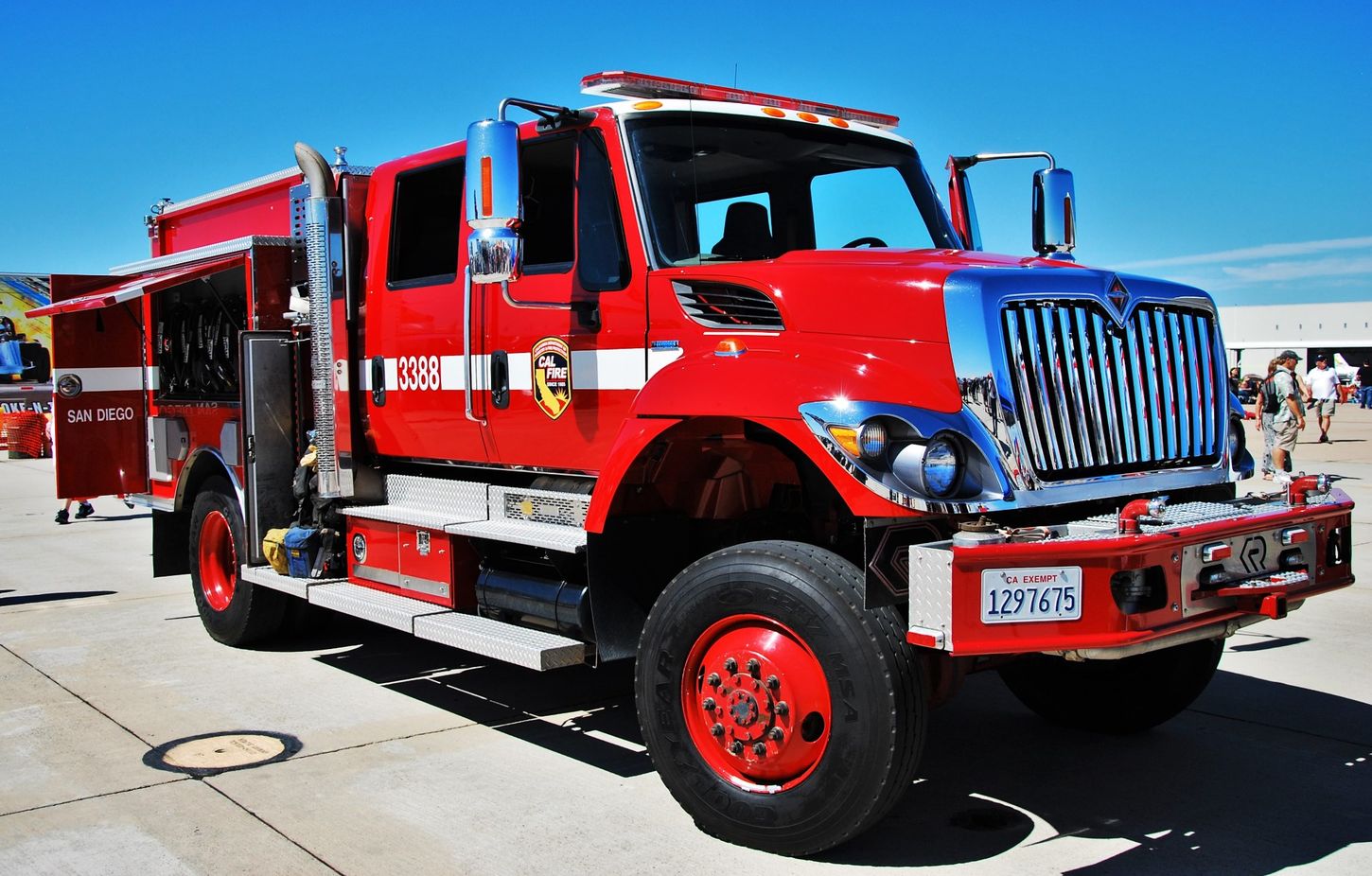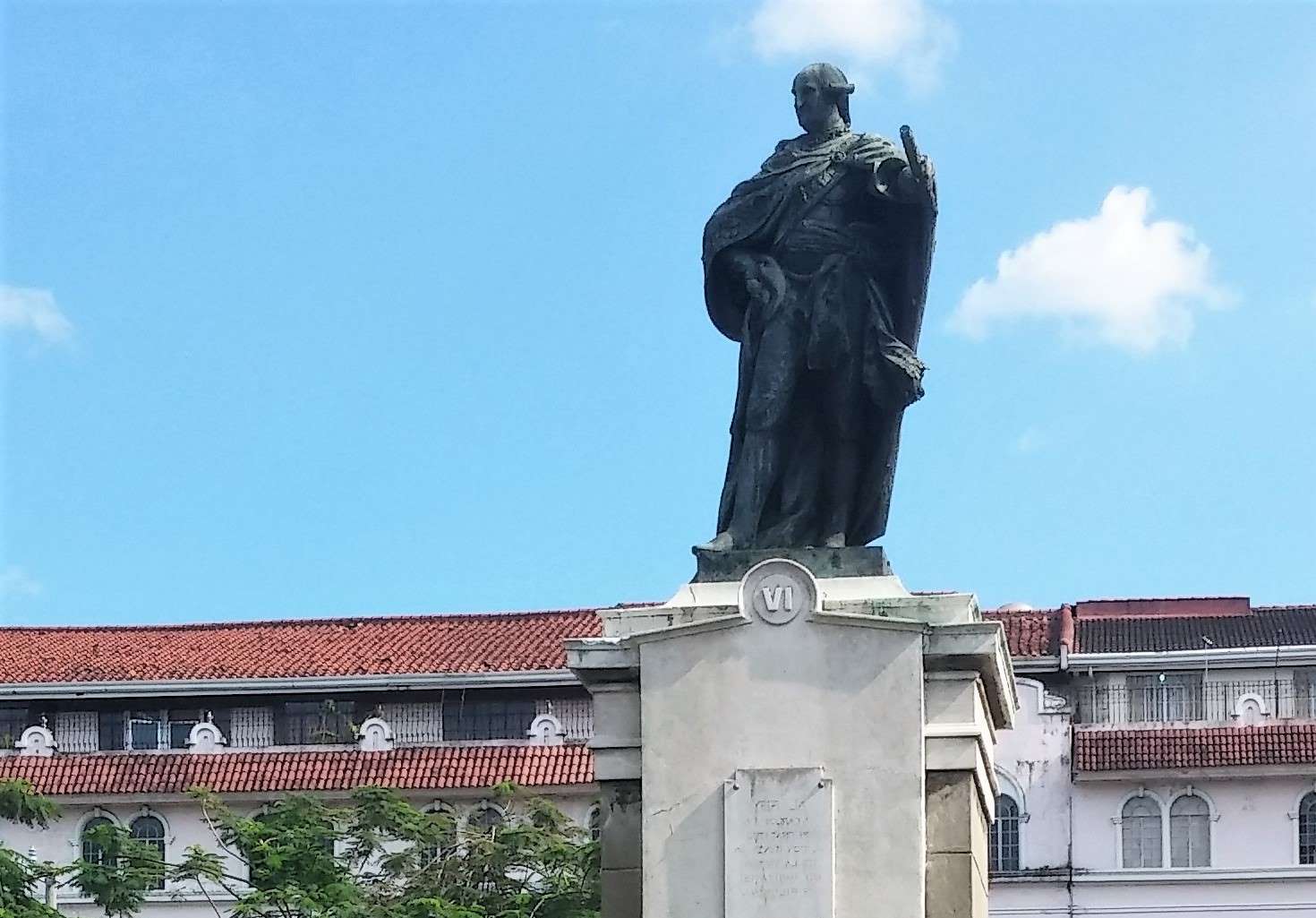
What makes the California Department of Forestry and Fire Protection (CAL FIRE) so essential? CAL FIRE is a lifeline for California, protecting 31 million acres of state forestland from wildfires. Established in 1882, this agency has evolved to meet the growing challenges of fire protection and emergency services. With a mission to safeguard people, property, and natural resources, CAL FIRE employs thousands of dedicated professionals and volunteers. Their aggressive initial attack strategy aims to contain 95% of wildfires to 10 acres or less. From advanced aerial support to community engagement programs, CAL FIRE's efforts are crucial in a state increasingly threatened by wildfires.
Key Takeaways:
- CAL FIRE, formed in 1882, protects Californians from wildfires and emergencies. It employs 3,800 full-time fire professionals and uses advanced aerial support systems for firefighting.
- Climate change extends California's fire season, impacting wildfire severity. CAL FIRE faces challenges but remains prepared to provide effective fire protection services.
History and Formation
The California Department of Forestry and Fire Protection, known as CAL FIRE, has a storied past. Understanding its origins helps appreciate its current role.
- Established in 1882, CAL FIRE began as the California State Board of Forestry.
- Over time, it evolved to address the growing needs of fire protection and emergency services in California.
Mission and Operational Role
CAL FIRE's mission and operations are central to its effectiveness in protecting California's vast landscapes and communities.
- CAL FIRE's mission is to protect Californians from fires, respond to emergencies, and enhance forest, range, and watershed values.
- The department's primary role is to fight and prevent wildfires on 31 million acres of state forestland.
- It provides emergency services in 36 of California's 58 counties through contracts with local governments.
Fire Suppression and Prevention Efforts
Fire suppression and prevention are at the heart of CAL FIRE's activities, ensuring safety and minimizing damage.
- CAL FIRE aims to contain 95% of all wildland fires to 10 acres or less through aggressive initial attacks.
- The department employs 3,800 full-time fire professionals, foresters, and administrative employees.
- Additionally, 1,400 seasonal personnel, 5,500 local government volunteer firefighters, 2,600 volunteers in fire prevention, and 3,800 inmates assist in fire suppression.
Equipment and Resources
CAL FIRE's extensive resources and equipment are crucial for effective firefighting and emergency response.
- The vehicle fleet includes specialized vehicles like the CDF Model 14/Type 3 wildland engine with a 500-gallon tank and Class A foam system.
- The CDF Model 18/Type 2 interface engine serves both wildland and structural fire protection needs.
- Advanced aerial support systems, such as the Grumman S-2 Tracker, carry 800 gallons of fire retardant for air drops.
Training and Rank Structure
Training and a clear rank structure ensure that CAL FIRE personnel are well-prepared for their roles.
- CAL FIRE operates two training centers: the CAL FIRE Training Center in Ione and the Ben Clark Training Center in Riverside.
- All permanent employees must attend the Fire Fighter Academy (FFA).
- The rank structure includes positions like Engineer, Captain, and Forester I.
- New company officers attend the Company Officer Academy (COA) in Ione.
Fire Prevention Programs
Preventing fires is as important as fighting them. CAL FIRE's prevention programs are comprehensive and community-focused.
- The Fire Prevention Program aims to reduce wildland fires and related damage through education, engineering, and law enforcement.
- The "Fire Safe California" campaign targets individuals living in SWI areas, with prevention staff inspecting 50,000 properties annually.
- The Volunteers in Prevention (VIP) program involves over 2,600 people in fire safety education and emergency assistance.
Prescribed Burns and Timber Harvesting
Managing the landscape through prescribed burns and timber harvesting helps reduce wildfire risks.
- Prescribed burns reduce the fuel load and maintain healthy forests, though they require a lengthy approval process.
- Timber harvesting thins the landscape, putting resources to productive use and reducing the fuel load.
Climate Change and Wildfire Impact
Climate change significantly affects wildfire severity and frequency in California.
- The warming planet leads to drier conditions, extending the fire season from four to six months to nearly year-round.
- Invasive species like certain grasses and shrubs dry out quickly, worsening wildfires.
Historical and Notable Wildfires
California's history is marked by significant wildfires that have shaped its fire management strategies.
- The Santiago Canyon Fire of 1889 burned around 300,000 acres in Orange, San Diego, and Riverside counties.
- The Matilija Fire in the early 20th century burned approximately 220,000 acres in Ventura County.
- CAL FIRE maintains records of the top 20 largest wildfires in California history.
- The department also tracks the top 20 deadliest wildfires.
- Additionally, CAL FIRE lists the top 20 most destructive wildfires in terms of structures destroyed.
Recent Statistics and Costs
Recent statistics highlight the ongoing challenges and costs associated with wildfires in California.
- As of August 20, 2024, CAL FIRE reported 5,342 wildland fires with 827,321 acres burned in the current year.
- The five-year average for wildland fires is 5,251, with an average of 530,590 acres burned annually.
- The years 2017 to 2021 saw significant increases in both the number of fires and acres burned.
- The firefighting costs for 2020 reached $1.23 billion, with a five-year average of approximately $1 billion annually.
Community Engagement and Partnerships
Community engagement and partnerships are vital for effective fire management and safety.
- The VIP program involves over 2,600 people in fire safety education and emergency assistance.
- CAL FIRE collaborates with agencies like the California Conservation Corps (CCC) to enhance fire suppression duties and forestry management.
Research, Technology, and Future Challenges
Advancements in research and technology help CAL FIRE address future challenges posed by climate change and increasing wildfire risks.
- Safety improvements include better engines, helicopters, air attack planes, bulldozers, breathing apparatus, weather predictions, physical fitness programs, and fire mapping.
- State-of-the-art computer systems coordinate dispatching and access fire-weather reports for aircraft and fire crews statewide.
- The Office of the State Fire Marshal (OSFM) focuses on fire prevention, engineering, training, and education.
- Incident response and coordination are critical components of CAL FIRE's operations.
- Ecologists and land managers recommend controlled burns and thinning forests to reduce the fuel load.
- Prescribed burns face challenges related to risk, resources, and regulation but are essential for maintaining healthy forests.
- As climate change continues to impact wildfire seasons, CAL FIRE faces significant challenges but remains well-positioned to provide effective fire protection services.
CAL FIRE's Vital Role
CAL FIRE is essential for protecting California from wildfires and other emergencies. With a history dating back to 1882, the department has evolved to meet the state's growing needs. Their mission focuses on fire suppression, prevention, and emergency response across 31 million acres of state forestland. The team includes thousands of full-time professionals, seasonal personnel, volunteers, and even inmates who work tirelessly to keep communities safe.
Their fleet of specialized vehicles and advanced aerial support systems, like the Grumman S-2 Tracker, play a crucial role in firefighting efforts. Training centers ensure that all personnel are well-prepared for any situation. Programs like the Volunteers in Prevention (VIP) and prescribed burns help reduce wildfire risks.
As climate change continues to impact wildfire seasons, CAL FIRE's role becomes even more critical. With ongoing advancements in technology, training, and community engagement, the department remains a cornerstone of California's emergency response system.
Frequently Asked Questions
Was this page helpful?
Our commitment to delivering trustworthy and engaging content is at the heart of what we do. Each fact on our site is contributed by real users like you, bringing a wealth of diverse insights and information. To ensure the highest standards of accuracy and reliability, our dedicated editors meticulously review each submission. This process guarantees that the facts we share are not only fascinating but also credible. Trust in our commitment to quality and authenticity as you explore and learn with us.


